Silky persona lubrication gel with Aloe Vera for both intimate pleasure and massage
Suitable for vaginal and anal application
100% Non – Irritation and Dermo Sensitive. Tested and Verified by PBL Pacific Labs in US
ph Balanced and low Osmolality.
Does Not contain Polyquaternium 15, a cosmetic preservative that causes skin irritation
100% Condom and SiliconToy safe Water Based and Alcohol-Free and No Parabens
Osmolality – What is it? For our need’s osmolality is simply the concentration of a water-based lubricant.
If you want to get slightly more technical – Osmolality is a measure of the concentration of dissolved particles per unit of water in a water-based liquid and it s measured in milliosmoles per kilogram (mOsm/kg) Why is personal lubricant osmolality important? The osmolality of your water-based lubricant is of interest because of where you place it, your vulva, anus, or penile urethra (your pee hole).
The outer layer of skin in these areas is made of cells that let water flow freely in and out of them as needed (non-keratinized for the sex nerds).
The cells do this trying to maintain equilibrium between themselves and whatever water-based liquid is touching them.
So if the osmolality of your body area cells is different from the osmolality of the water-based lubricant molecules, then your body cells will adjust by either absorbing water or releasing it. What does a change in cell water level do?
If your body cells absorb enough water while trying to equalize, they can burst and die. This can happen if your lubricant is very hypo-osmotic, this is an uncommon product.
And if the body cells release enough water while trying to equalize, they can dehydrate and die. This can happen if your lubricant is very hyper-osmotic, and the majority of lubes on the market are hyper-osmotic! How do damaged cells in my anus, vulva, or penis affect me? Dead and damaged cells in these tender body areas are an issue because:
A – the function of these cells is to help prevent dirt and bacteria from entering your body
B- the area can become irritated and more susceptible to infection for example by HIV and other sexually transmitted infections (STIs) World Health Organization .
Most commercial personal lubricants have high osmolalities (2000-6000 mOsm/kg). The normal osmolarity of vaginal secretions is 260-290 mOsm/kg and in semen, it is 250-380 mOsm/kg.
The big issue is checking your lubricant osmolality because it is not on the label! Osmolality Measure The WHO (World Health Organisation) recommend products not to exceed 1 200 mOsm/kg
Le Lube OSMOLALITY measures 764 mm/kg, way below our key competitors
LE Lube test reports done (Vaginal & Rectal Mocusa Irritation Test PBL Pacific Biolabs California USA) confirmed ZERO irritation after both Vaginal & Anal application. pH is the measure of a liquid s basicity or acidity on a scale from 0-14, 0 being most acidic and 14 being most basic with 7 being the reference point in the middle at neutral.
Generally, healthy bodies regulate pH naturally with a particular balance of yeasts, fungi, and bacteria combined with body secretions may become imbalanced when a foreign substance (like lube, douches, or enemas) disrupts the levels of bacteria or fungi
Imbalances in vaginal pH can lead to BV (Bacterial Vaginosis) and yeast infection or serve as a warning sign or symptom of a more serious health issue.
Vaginal and cervical pH levels (normally between 3,8 – 4,5) naturally fluctuate with the menstrual cycle and are affected by estrogen levels, as well as playing an important role in fertility and conception
Le Lube pH measure between 5 & 7.5, in line with required reference off 7 Toxic chemicals found in lubricants Harsh chemical ingredients found in lubricants can also be toxic to the vaginal tissue and its microbiome. (The microbiome is the balance of microorganisms that naturally inhabit the vagina. Vaginal exposure to toxic lubricant ingredients can lead to discomfort, irritation, and increased risk of infection from even short-term exposure. Some lubricant ingredients also have the potential to cause long-term chronic health effects including cancer and reproductive problems from repeated exposure over many years.
Chlorhexidine gluconate – This potent disinfectant chemical has been shown to kill off many strains of lactobacillus, a type of bacteria that, when in balance, are necessary for a healthy vagina
Parabens (commonly methylparaben and/or propylparaben) – These preservative chemicals have been shown to irritate vaginal mucous membranes. Exposure to parabens is associated with genital rashes. Studies have also linked parabens to fertility problems and endocrine disruption
Cyclomethicone, Cyclopentasiloxane, and Cyclopentasiloxane – Commonly found in silicone-based lubricants, these substances are linked to reproductive harm and uterine cancer in animal studies. Almost no research has ever been conducted to examine the long-term impacts of vaginal exposure to these chemicals in women
Undisclosed flavors or fragrance – The generic ingredients flavor , fragrance or aroma represent a combination of undisclosed chemicals. Numerous harmful chemicals can be included in flavors, fragrances, and aromas including carcinogens, reproductive toxins, and allergens
POLYQUATERNIUM 15 (a cosmetic preservative that Causes skin irritation) Le’Lube Features:
Silky Lubricating gel with Aloe Vera for both intimate pleasure and massage
Suitable for vaginal and anal application
Guaranteed ZERO irritation
Low in Osmolality and Ph balanced
Does NOT contain POLYQUATERNIUM 15 (a cosmetic preservative that Causes skin irritation
No toxic chemicals, ie. Parabens
Water-based and Alcohol-Free
Colorless and Tasteless
Fragrance-Free and Non-Sticky
100% Condom and Toy Compatible
To prolong use, apply some water
Available in
Unique packaging for On-The-Go world patented 5 ml SNAP PACK
69 ml Tamper Proof Tube
Formulated and packed in Cape Town SA at a fully ISO22716 Accredited Cosmetic Facility
Registered Trade-mark
Proudly South African Registered
What’s in the box
2 x 69 ml Tubes
Only logged in customers who have purchased this product may leave a review.
Related products
Sexual Health




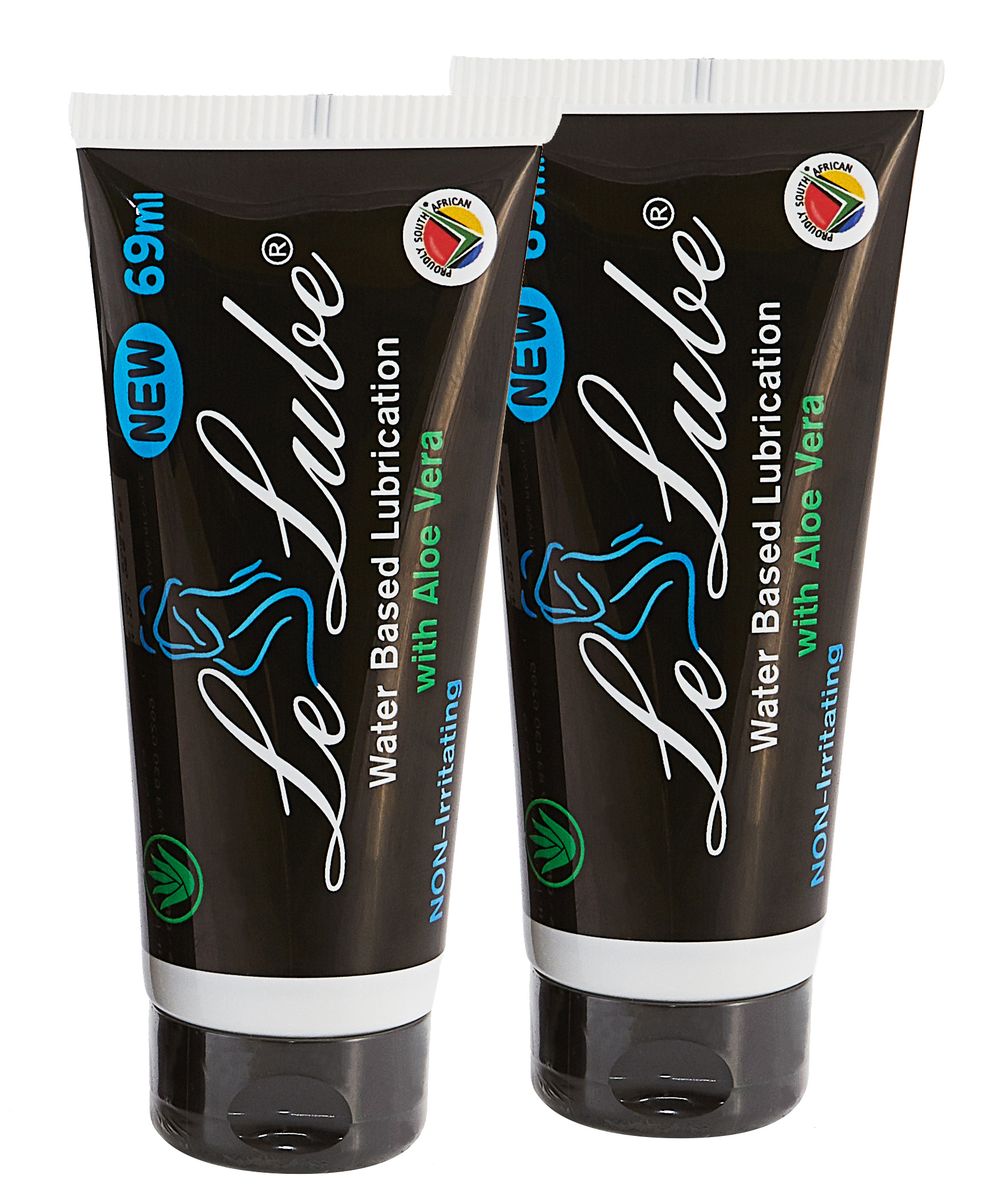
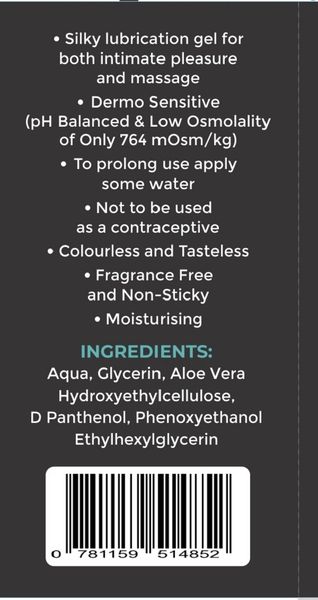
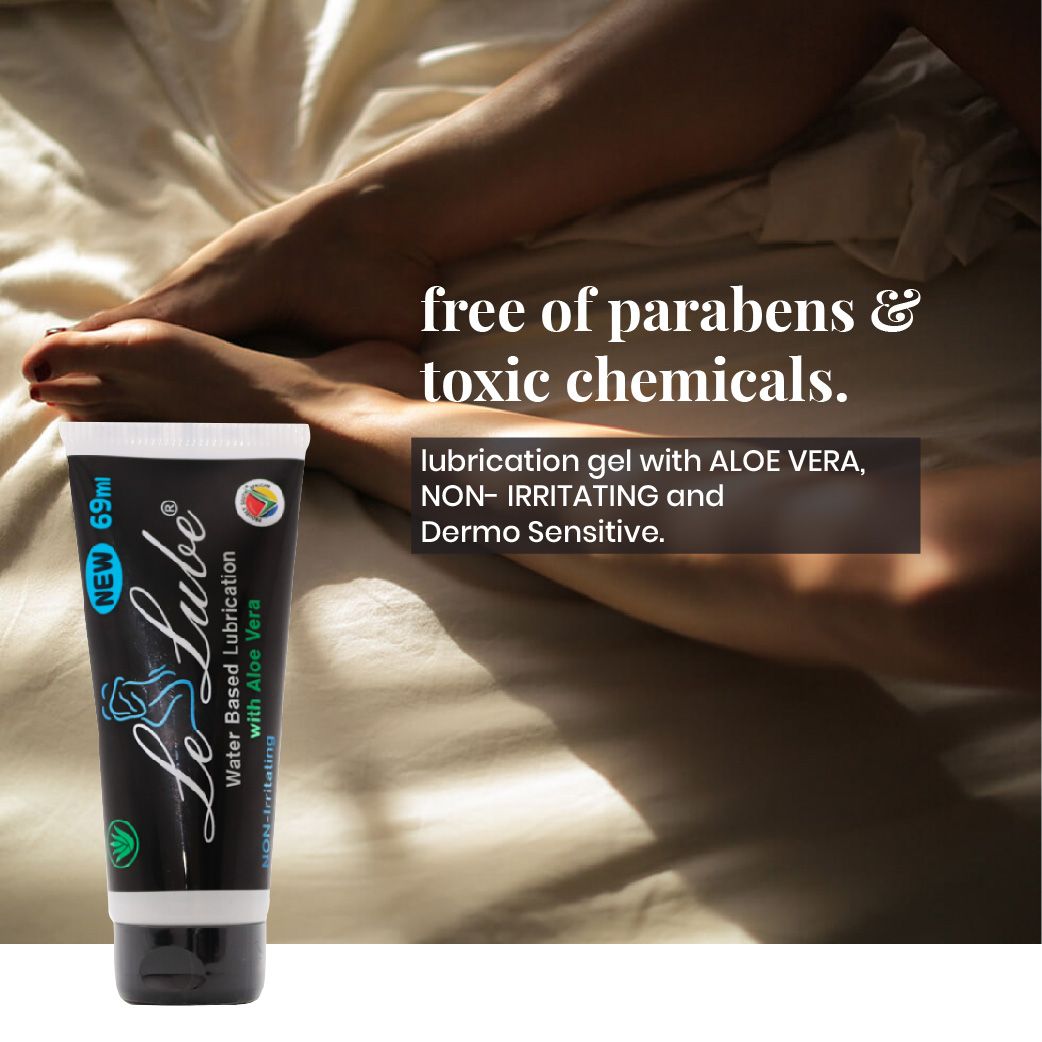

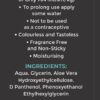
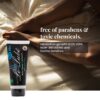

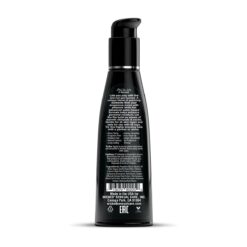
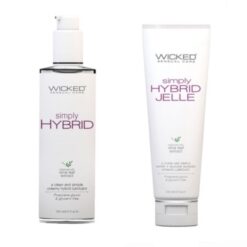
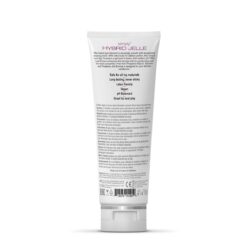
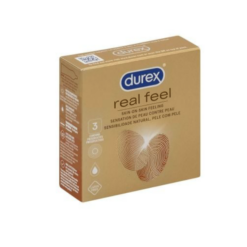
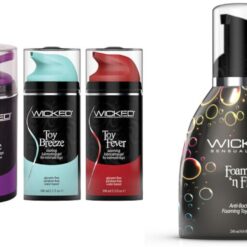
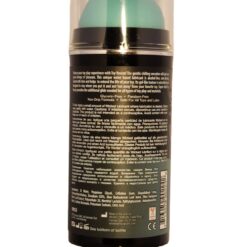
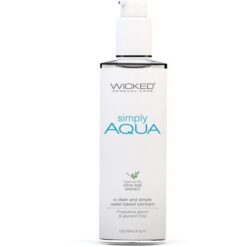
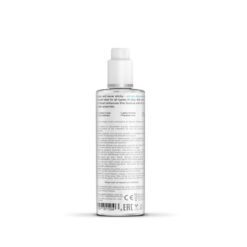
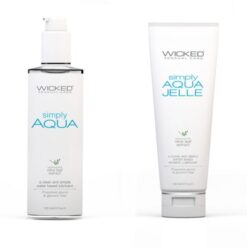
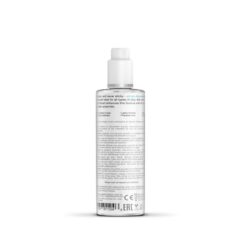

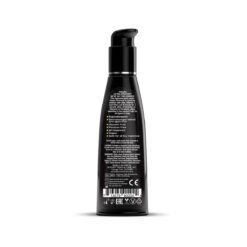
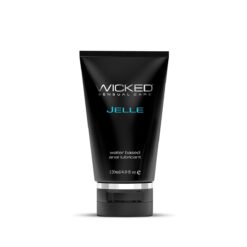
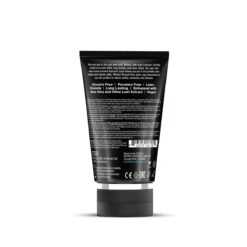
Reviews
There are no reviews yet.